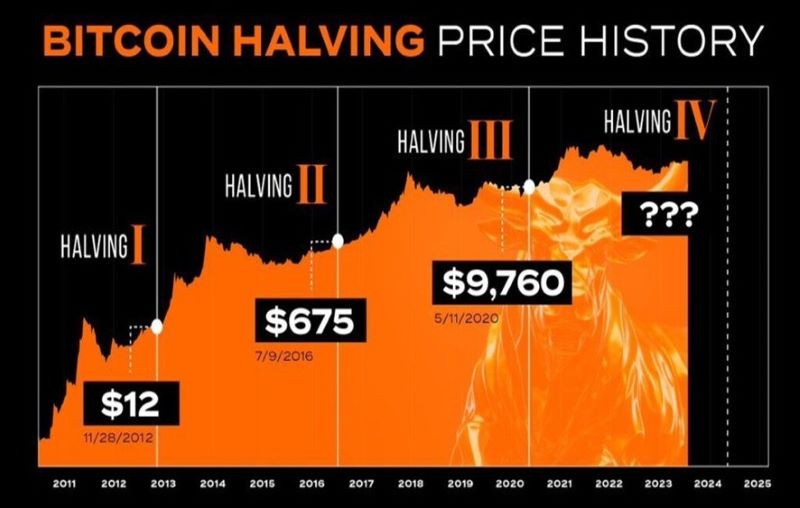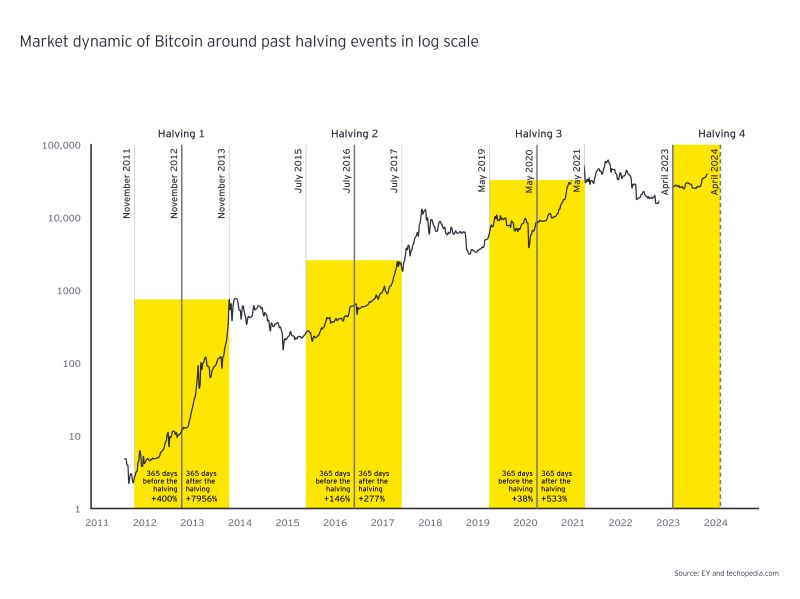Bitcoin halving is an essential concept for anyone interested in cryptocurrency, particularly Bitcoin, the pioneering digital currency. This event occurs approximately every four years and plays a crucial role in the Bitcoin ecosystem. In this article, we will explore what Bitcoin halving is, its historical significance, its impact on the market, and what it means for both miners and investors.
Table of Contents
ToggleWhat is Bitcoin Halving?
Bitcoin halving is a predefined event that reduces the reward miners receive for validating transactions and adding them to the blockchain by 50%. Initially, when Bitcoin was launched in 2009, miners earned 50 BTC for each block mined. This reward has been halved three times so far:
- First Halving (2012): Reward reduced from 50 BTC to 25 BTC.
- Second Halving (2016): Reward reduced from 25 BTC to 12.5 BTC.
- Third Halving (2020): Reward reduced from 12.5 BTC to 6.25 BTC.
The next halving is anticipated to occur in April 2024, when the reward will drop to 3.125 BTC.
Why is Bitcoin Halving Important?
Control of Supply
One of the primary purposes of halving is to control the supply of Bitcoin. The total supply of Bitcoin is capped at 21 million coins, a design feature intended to create scarcity and prevent inflation. Halving ensures that the rate at which new Bitcoins are introduced into circulation decreases over time, reinforcing Bitcoin’s deflationary nature.
Market Dynamics and Price Implications
Historically, Bitcoin halving has been associated with significant price increases. After each halving event, Bitcoin’s price often experiences upward momentum, although this is not guaranteed. For instance, after the halving in 2012, Bitcoin’s price soared from around $11 to over $1,000 in the following year. Similarly, after the 2016 halving, the price jumped from approximately $450 to nearly $20,000 by the end of 2017.
While past performance does not guarantee future results, the anticipation of halving often leads to increased buying activity, driving up the price before and after the event. Market psychology plays a significant role, as traders and investors typically expect scarcity to lead to higher prices.
Impact on Miners
Halving directly affects Bitcoin miners, who rely on rewards for validating transactions. With reduced rewards, miners must be more efficient and cost-effective to maintain profitability. This could lead to:
- Increased Competition: As smaller or less efficient miners may find it challenging to compete, it could result in consolidation within the mining industry.
- Shift to Renewable Energy: Miners may seek to optimize energy costs, leading to a greater emphasis on sustainable practices as they look for cheaper, renewable energy sources.
Community Engagement and Education
The anticipation of a halving event often stimulates discussions within the Bitcoin community. It serves as an opportunity for education on blockchain technology, cryptocurrency economics, and the broader implications of scarcity in digital assets. As more people engage in conversations about halving, awareness and understanding of Bitcoin grow, fostering a more informed investor base.
Preparing for Bitcoin Halving
For both seasoned investors and newcomers, understanding Bitcoin halving is vital for making informed decisions. Here are some steps you can take to prepare:
- Stay Informed: Follow news and updates on Bitcoin and cryptocurrency markets to understand the implications of the upcoming halving.
- Review Historical Trends: Analyze past halving events to identify patterns and price movements that could inform your investment strategy.
- Consider Risk Management: The volatility surrounding halving events can be substantial. Develop a risk management strategy that aligns with your financial goals and risk tolerance.
What to Expect During and After Halving
Increased Volatility
Historically, Bitcoin halving events have led to increased market volatility. The anticipation and subsequent reactions to halving can result in rapid price fluctuations. Traders should be prepared for potential price swings and plan their strategies accordingly.
Changes in Mining Economics
As rewards decrease, the economics of mining will shift. Miners may need to adjust their strategies to remain profitable, leading to potential changes in mining difficulty and the overall health of the network. This can affect transaction times and fees, especially in the short term.
Potential for Institutional Interest
As Bitcoin continues to mature as an asset class, halving events may attract institutional investors looking for opportunities. The narrative of scarcity and the historical price appreciation following halvings can serve as a compelling case for institutional entry into the Bitcoin market.
Bitcoin halving is more than just a technical event; it is a pivotal moment that shapes the future of Bitcoin and the broader cryptocurrency market. By controlling the supply and creating scarcity, halving impacts market dynamics, miner economics, and community engagement. For investors, understanding halving is essential for navigating the complexities of the cryptocurrency landscape.
As we approach the next halving in April 2024, it is crucial to stay informed, prepare strategically, and recognize the potential implications for both Bitcoin’s price and the future of digital assets. Whether you’re a seasoned investor or new to the world of cryptocurrency, being aware of Bitcoin halving can enhance your understanding and participation in this transformative financial revolution.
Join the community at Coinls to access valuable insights, expert analysis, and real-time updates. Create your account today and take the first step toward mastering your cryptocurrency investments!

